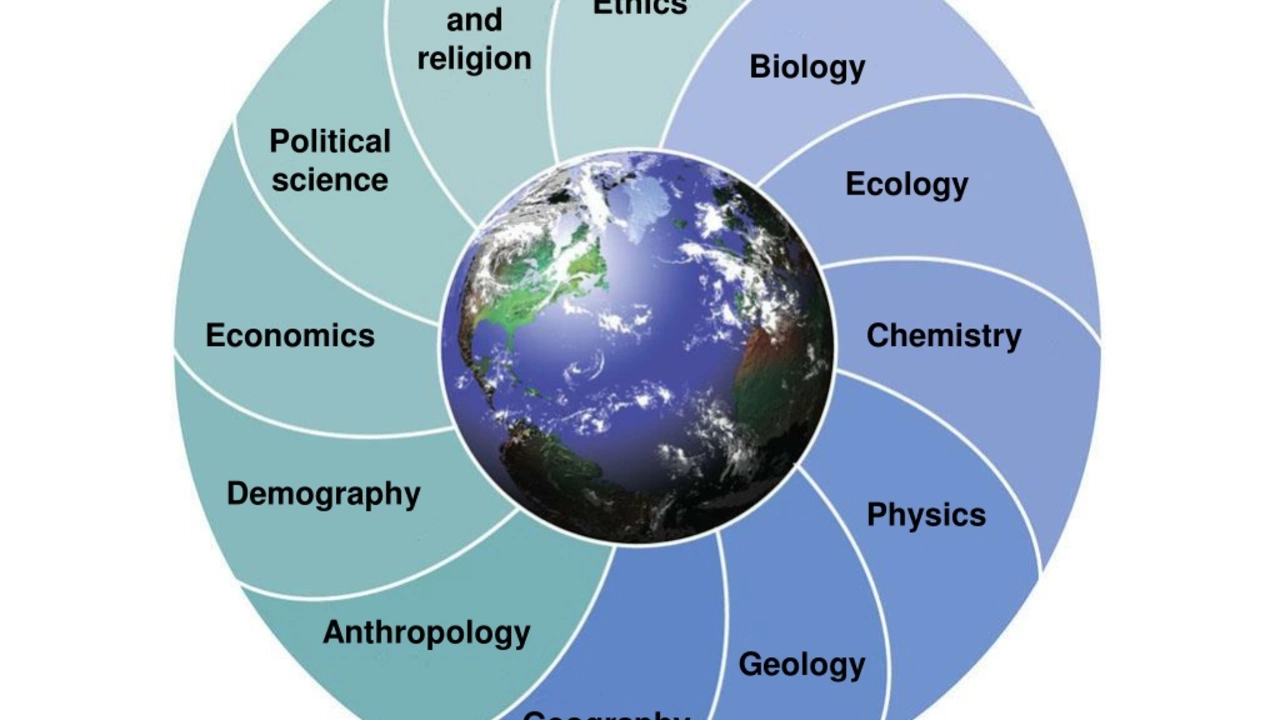What is environmental biology?

Unfurling the Tale of Environmental Biology
As a person who is always fascinated by the wonders of the world around me, I've spent considerable time brooding over the complex connections and interactions that make life on earth so intriguing. During my rambles through this mesmerizing enigma, I stumbled upon an exciting discipline that is highly engaging and quite relevant today - Environmental Biology. It's a path that unveils our tie to the planet in a manner far more immediate than we usually appreciate.
You see, Environmental Biology is the scientific study of the relationships that living organisms have with each other, and with their natural environment. It explores how organisms, both microscopic and gigantic, interact with the environment and how they become a part of intricate ecosystems that encase the earth like a colossal, living tapestry. Being the romantic that I am, I always picture Environmental Biology akin to peering behind the stage curtain to see the intricate ballet - a ballet that is at once breathless and immensely thrilling.
Delving into the subtleties of Biodiversity: Life in multitude
Life on earth is nothing short of a marvel - infinite in its manifestations. From the astonishing strides of elephants in African savannahs to the microscopic bacteria rooting in the depths of your coffee cup, each form of life, in its unique way, contributes significantly to what we recognize as biodiversity. A key field within Environmental Biology, understanding Biodiversity is just like stepping into a natural labyrinth, where the variety and variability of life paints a canvas that is breathtakingly beautiful and stunningly complex.
While understanding this massive bio-maze can get overwhelming, it's vital to remember that each organism's survival hinges on this labyrinth's interconnected corridors. Every disruption in this system, whether small-scale habitat destruction or extensive climate change, can significantly impact the labyrinth, leading to dire consequences for all involved.
The Breathing Earth: The Crucial Role of Ecosystems
Ever viewed our planet from space? Or at least, on National Geographic? If you have, you'll see our planet is an amalgam of terrestrial and aquatic ecosystems, each forming a unique mosaic of biodiversity. This vibrant matrix of life, observed as forests, oceans, deserts, grasslands, etc., essentially constitutes what we call ecosystems.
Ecosystems are incredibly fascinating. They're like the cogs of a well-oiled machine, intricately woven together in a delicate balance of give-and-take that fuels biodiversity. Environmental Biology studies the groundwork of these ecosystems and how their intricate functionalities sustain life. However, remember it's not all science and no fun. Trust me, I've spent some wild nights tracking owls in a forest ecosystem, and that's a story for another time!
The Disturbing Notes: Impacts of Human Activities
If you've been following my adventure through the realm of Environmental Biology, you won't argue when I say that humans have played an undeniably significant (and often disturbing) role in shaping ecosystems and biodiversity. Don't get me wrong - it's not all bad. Human ingenuity and innovation have ushered life on earth into unprecedented eras of growth and development. However, the distressing flip side is our relentless exploitation of nature's bounty, often with little regard for long-term ramifications.
Environmental Biology critically dissects our relationship with the environment and helps us understand our positions as custodians of this planet. This understanding serves as the first step towards reducing our destructive impacts and working towards a sustainable future.
Climate Change: Living on the Edge
I'm sure you've heard of climate change. Unless, of course, you've been living under a rock (which sounds like a nice break from the usually hectic life, don't you agree?). As an inevitable part of Environmental Biology, studying climate change allows us to understand how our actions are tilting the earth's climatic balances and driving us towards a future of uncertain weather patterns and rising sea levels.
Suffice to say, climate change studies have an air of intense drama about them - a thriller-worthy saga that underlines the delicate relationship between life on earth and the global climate. Shrinking polar ice, suffering polar bears, raging forest fires - the plotlines are as fascinating as they are alarmingly real.
The Beacon of Hope: Conservation and Sustainability
After that climate change roller-coaster, let's return to a positive note. The beacon of hope in Environmental Biology is quite clear: Conservation and Sustainability. The science of Environmental Biology doesn't just decipher the problems – it also suggests solutions. The race to conserve biodiversity and devise sustainable practices is a thrilling journey that promises a healthier planet if we make the right choices.
Weaving narratives of conservation stories and sustainable development strategies, this field of study sanctions us the power to make impactful changes. This capacity is not exclusive to scientists in lab coats; even people like you and me can influence this planet's future, one compost bin at a time.
Conclusion
So, there you have it – a jaunty gallop through the multifaceted sphere of Environmental Biology. It offers us a magnifying glass to scrutinize the world around us and recognize the tie that binds us to this splendid planet. So let's fill our days with child-like wonder. Let's commit to knowing our environment, conserving it, and shaping a future that respects earth’s bounty. Remember, the next time you find yourself lost in the maze that is life, take a minute to marvel at the enchanting Elysium that is our environment!